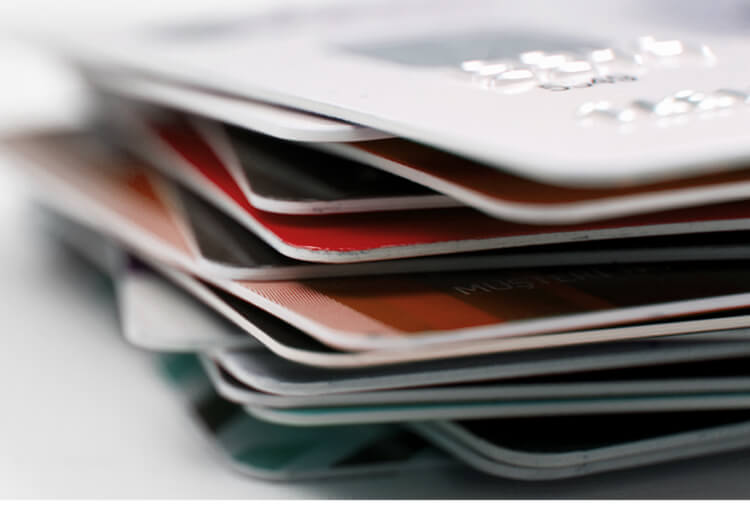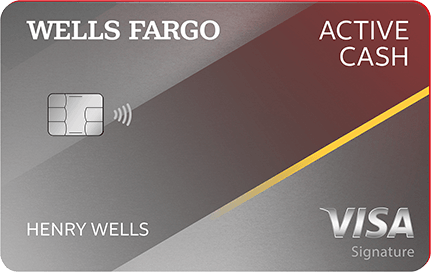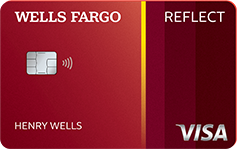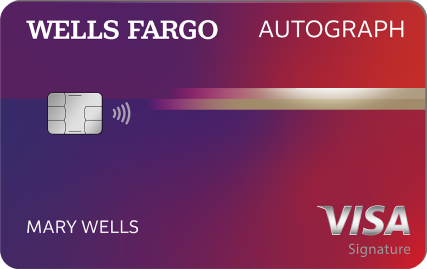If you’re in the market for a credit card, the first question you should be asking is: “Which credit card is best for me?” The key part of that question is “for me,” since the answer will vary for each person. The good news is that there are plenty of different credit card programs out there to match your unique spending style and credit level.
Learn more about how to choose a credit card that’s a good fit for your needs.
How to choose the best credit card

Check your credit score
The first step in determining the best credit card to apply for is to figure out where you stand credit-wise. There are credit cards available for people who are just starting out with credit, those who have made some credit missteps, and those with average credit scores. There’s also a tier of more advanced and premium cards for those with stronger credit histories.
Your credit score is sort of like a report card that provides a snapshot of your credit status. It helps lenders and creditors see how creditworthy you are. Or, put another way, it can help you predict which type of credit cards you’re most likely to qualify for.
How to check your credit score
To check your credit score, you can take advantage of one of the many free credit score services available online. For example, the credit bureau Experian allows you to see your credit score when you request a credit report from them. Some banks and creditors also allow you to view your credit score online as an added benefit of your account. They may include your most recent score in your statement, too.
While you’re at it, look at your free credit reports from the three major credit bureaus — Experian®, Equifax®, and TransUnion® — via annualcreditreport.com. These reports provide a more detailed breakdown of your accounts and payment histories, so you have some insight into your score. Plus, if you spot any errors, you can file a dispute with the bureaus to resolve the issue.
Credit score comparison
Next, see how your score stacks up. FICO Scores (the most widely used scoring model) range from 300 to 850:
- 300 - 579: Poor
- 580 - 669: Fair
- 670 - 739: Good
- 740 - 799: Very Good
- 800+: Excellent
Once you know the tier you’re in, you can perform a more targeted credit card search. For example, if you have excellent credit or good credit, you could qualify for higher-end rewards cards. However, if you have no credit or a bad credit score, you can look at starter credit cards or secured credit cards that help you build credit or improve your credit score.

Research the best credit card for your needs

Once you understand your credit score, the next step is figuring out which card features are best suited to your purchasing habits and needs.
Some people may benefit most from a card that has a generous introductory 0% APR offer on everyday purchases and eligible balance transfers, or a lower ongoing purchase APR. For others, earning the best rewards is the goal. Many credit cards come with multiple perks, so look for one that has both short- and long-term value.
Think about how you’ll use your new credit card
For rewards seekers, you should think about your spending habits and the kind of rewards you’d like to have. There are general rewards cards that offer a flat rate for all eligible purchases, while others let you earn higher rates for certain categories. There are also co-branded cards that let you maximize spending in categories like travel or paying rent.
Here’s a closer look at some of the most popular types of credit cards.
Want to earn rewards? Open a cash rewards or cash back credit card
If you plan to use your credit card for everyday spending and don’t want to have to think about how much you’ll earn in specific spending categories, a cash rewards card may be the right credit card for you.
Who can benefit from a cash back credit card?
This type of card is best if:
- You don’t do much traveling, and therefore wouldn’t benefit from travel-focused rewards or perks.
- Your spending is varied across several categories, and you want a flat-rate cash reward.
- You prefer to have simple redemption options.
Tip: When choosing a cash back card, compare credit card welcome offers as well. Some cards give you an opportunity to earn a cash bonus after you spend a certain amount of money over a specific period.
Open a low-interest, 0% APR, or balance transfer credit card
Ideally, you should aim to pay off your credit card balances in full each month. But sometimes life happens, and you need a bit more time. You may even be carrying a balance on an existing card and find it challenging to pay it down.
In those situations, consider shopping for credit cards that provide you with a 0% intro APR for a specific period (typically 12 to 18 months), or that have a lower ongoing cost of borrowing. This allows you to transfer a balance or make a major purchase without worrying about interest accruing for an established amount of time.
Who can benefit from a low interest or low introductory rate credit card?
This type of card is best if:
- You have a current balance on a card that you want to pay down.
- You have a large purchase to make and need extra time to pay it off.
- Earning rewards isn’t your primary goal.
Tip: Don’t forget to check the regular purchase APR if you think you may revolve balances beyond the introductory period.
Want to earn rewards? Open a points earning credit card
Points cards are like cash back cards in that you’ll earn rewards based on your spending. The main distinction with credit card points is that you may have more redemption options.
There are a few subcategories of rewards cards:
- Those with set earnings rates for specific categories (such as 3 points per dollar spent on groceries or 2 points per dollar on gas)
- Those with quarterly bonus categories that change every three months (the top category can be 5 points or higher per dollar)
Who can benefit from a rewards credit card?
This type of card is best if:
- You pay your bill in full each month.
- You are mindful of which categories you spend the most.
- You’d like a variety of redemption options and will crunch the numbers to find the most value.
Want to earn rewards for specific categories like travel or rent? Open a specific rewards credit card
In addition to general credit cards, there are also specialty cards, such as rent and travel rewards. They focus on a specific type of activity, or they’re tied to a particular company. For example, many airlines have co-branded credit cards tied to their frequent-flier programs, and they help travelers earn free flights and other perks. There are also hotel cards that reward loyalty to a specific hotel chain with opportunities to earn free stays or other guest benefits.
Who can benefit from a more specific rewards credit card?
This type of card is best if:
- You are loyal to a specific brand and want to access extra benefits.
- You do a significant amount of spending with the brand.
- You already have a general credit card for your everyday spending.
Tip: Some high-end rewards cards have annual fees. Make sure you can earn enough benefits and rewards to outweigh the fee before you apply for cards like these.

Learn more about the rates and fees associated with credit cards

As you browse potential credit cards for their benefits, it’s also a good idea to look over the terms and conditions so you understand the different rates and fees. Each card’s website should have a link out to its rates and terms (it may be referred to as “credit terms”), where you can find important information you need to know.
How to spot credit card fees
There will be a boxed-off section right up at the top of the credit card agreement that includes the card’s main fees and rates, that may include:
- Annual Percentage Rate (APR): This is an important term, because the higher the APR, the more it will cost you to carry and pay off a balance. Some cards have an APR range based on creditworthiness, with higher scores leading to lower APRs.
- Annual Fee: Certain cards require cardholders to pay a specified fee every year. Not all cards have annual fees, and some that do waive the fee in the first year.
- Balance Transfer Fee: If the card allows you to transfer a balance from another card, there may be a fee. It is typically around 3% - 5% of the balance.
- Foreign Transaction Fee: Some cards waive this fee, but if not, you may pay 3% or more on purchases made abroad.
- Penalty Fees: The most common of these is a late fee for payments, which tends to go up to $40. Some cards may charge a lower fee the first time you are late. You may also incur penalty fees if you pay from an account with insufficient funds. In addition, some cards may increase your APR to a penalty APR if you don’t keep the account in good standing.

Apply for your credit card
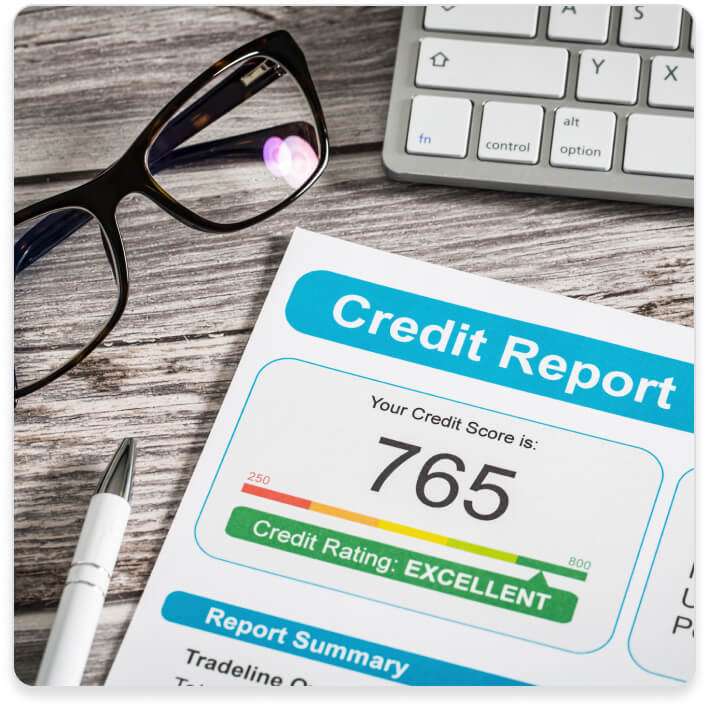
By this point, you’ve probably found your answer to, “which credit card is best for me?” and you’re ready to apply. Credit card applications are fairly standard, but the process can vary slightly depending on the issuer or bank.
If you apply online, you’ll have to fill out an application that includes:
- Basic information about you: Name, date of birth, social security number/Individual Taxpayer Identification Number
- Contact information: Address, phone number, email
- Financial information: Housing status and monthly expenses, employment status, income
If you’re already doing business with the credit card issuer — or if they invited you to apply by email or letter — some of your information may be pre-filled to help speed up the process.
Credit card approval
After you submit your application, the issuer will perform a credit check to verify your information and see your credit score. This is a hard inquiry, which means your credit score may experience a slight, temporary drop as a result.
In most cases, you’ll have your approval decision within a couple of minutes. If the creditor needs additional information or if you left an item out of your initial application, you may need to wait a bit longer.
You can also apply in person (at a bank branch) or via regular mail. Mailed application decisions typically take the longest.
If approved, you should receive your new card in the mail within 7 to 10 business days. If you’re denied, the credit issuer will provide an explanation within 30 days.

The answer to the question, “which credit card is best for me?”, is the one that offers you the most value

Now that you understand the role that your credit score plays, the different card types out there, and the terms to look at, you can begin to narrow down your choices.
Follow these simple steps for how to choose a credit card:
- Start with cards that you have a strong chance of qualifying for based on your credit score range.
- Decide which key features and benefits are most important to you.
- If you’re seeking rewards, determine if cash-back or points cards are best for you
- If your spending centers on particular categories, see if there’s a niche card to match.
Credit card value depends on YOU
So, what is the best credit card to have? It’s the one that gives you the most value — and that lets you decide which attributes are most valuable to you.

